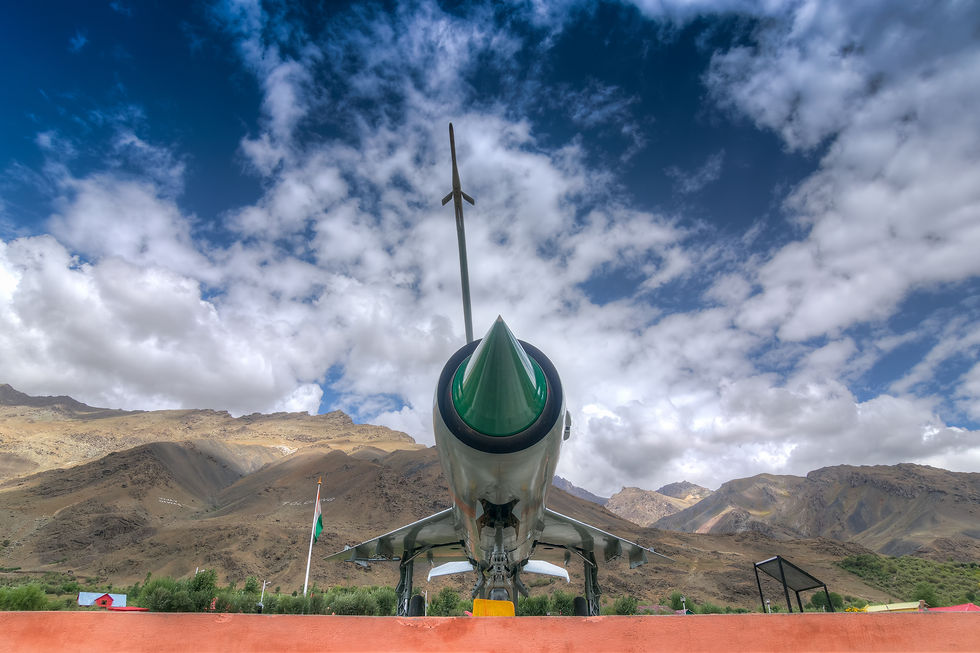What’s Next for India-Pakistan Relations?
- Wikistrat

- Jun 9
- 2 min read
Following the most intense escalation between India and Pakistan in decades, the region faces a critical juncture. The Pahalgam terror attack ended four years of relative calm, prompting large-scale Indian airstrikes and cross-border exchanges that tested deterrence thresholds. What does this crisis reveal about the future of India-Pakistan relations and the risk of renewed conflict? On June 9, Wikistrat hosted a webinar with Michael Kugelman to examine the drivers of escalation, regional implications, and potential trajectories ahead.

Michael Kugelman is a leading expert on South Asia, with a focus on India, Pakistan, and Afghanistan. He writes Foreign Policy's weekly South Asia Brief, offering insights on the region’s political and security dynamics.
Key Insights
Calm Before the Storm
Between 2021 and April 2025, India-Pakistan relations remained unusually stable under a UAE-mediated truce. The Pahalgam terror attack, which targeted Hindu civilians, shattered this period of calm and reignited tensions.
Largest Escalation Since 1971
India’s retaliatory airstrikes on May 6 were the most extensive use of force between the two countries in decades, with drones and missiles exchanged across multiple regions. This conflict marked a significant test of the nuclear threshold while remaining below it.
India’s Strategic Punitive Approach
Beyond military actions, India suspended the Indus Waters Treaty, cut trade, and closed land borders, signaling a strategy to impose long-term costs on Pakistan for tolerating anti-India militant networks, a departure from previous patterns of post-crisis normalization.
Pakistan’s Internal Political Calculations
Facing domestic unrest and rising anti-military sentiment, Pakistan’s military leadership benefited from the conflict by rallying national unity and re-internationalizing the Kashmir issue. However, subsequent leadership promotions raised questions about power consolidation.
Turkey and China’s Strengthened Roles
Turkey openly backed Pakistan while providing drones used in combat, and Pakistan employed Chinese jets for the first time against India. These developments signal Islamabad’s deepening reliance on Beijing and Ankara amid limited US security cooperation.
Risks of Militant Proxy Resurgence
With Pakistan off the FATF gray list and under new pressure from India’s punitive measures, there is a risk that militant proxies could regain operational space. Groups like Lashkar-e-Taiba may leverage narratives around water security following India’s suspension of the Indus Waters Treaty.
A Fragile Ceasefire and Low Barriers to Crisis
While US diplomatic efforts helped de-escalate the crisis, the ceasefire remains fragile. India has signaled a readiness to escalate swiftly in response to future attacks, while Pakistan faces incentives to maintain caution yet retains the capability to retaliate if provoked.
Future Outlook: Persistent Volatility
Kugelman noted that while immediate conflict may be unlikely, future crises are inevitable and could escalate more rapidly. The risk environment remains high, with potential flashpoints that could quickly draw both countries back into confrontation under a fragile deterrence framework.
India and Pakistan are entering a period of heightened uncertainty. As Michael Kugelman observed, while neither side seeks another conflict, rising pressures and reduced barriers to escalation make future crises likely. Managing these tensions will require careful choices and steady leadership. The path ahead will be shaped by whether both countries can prioritize stability over confrontation in the months to come.







Comments